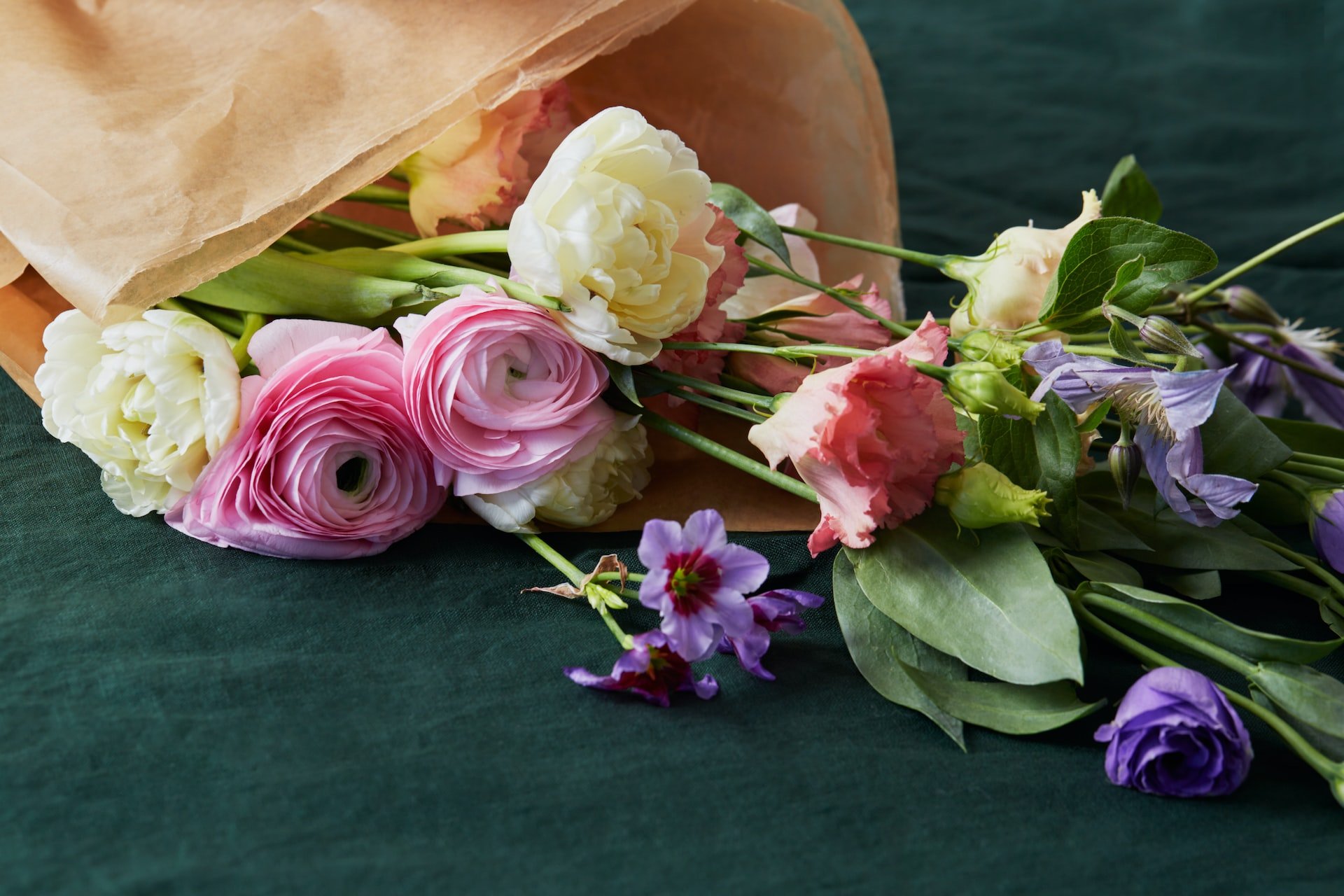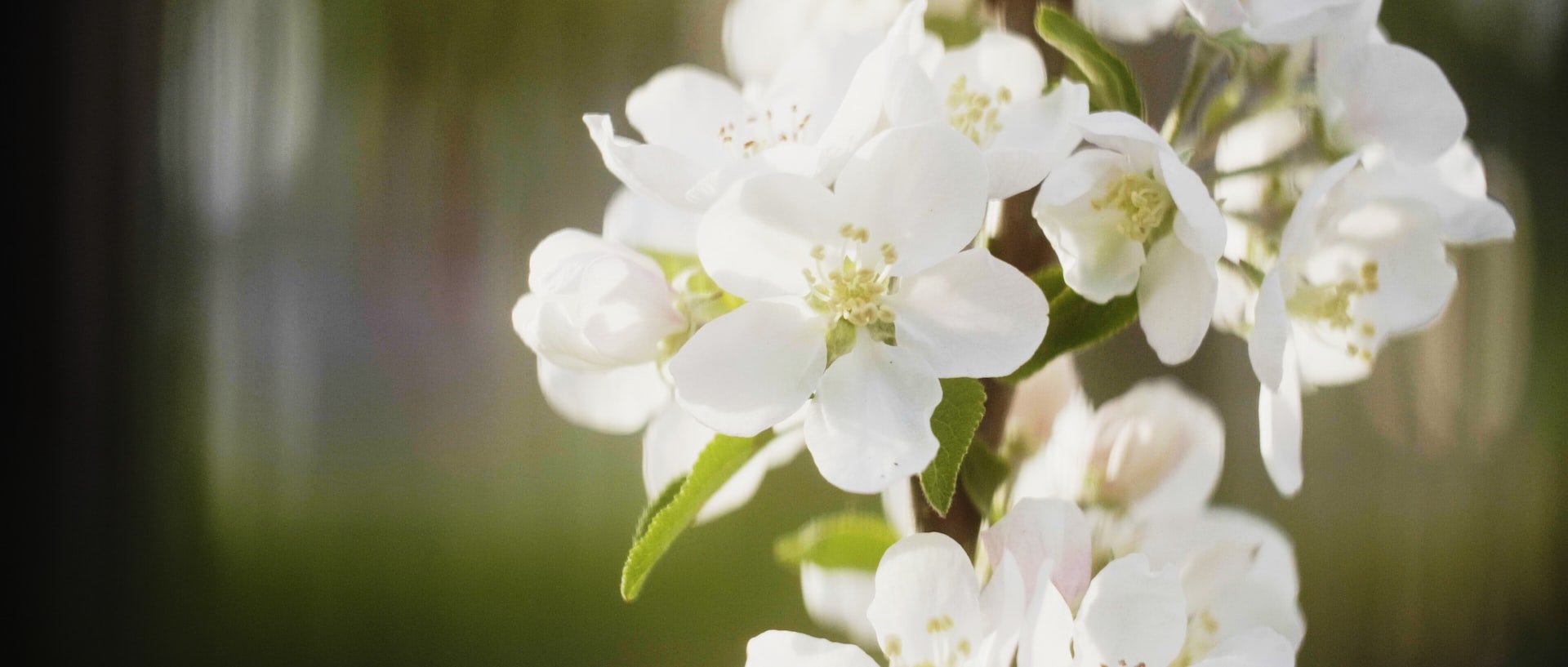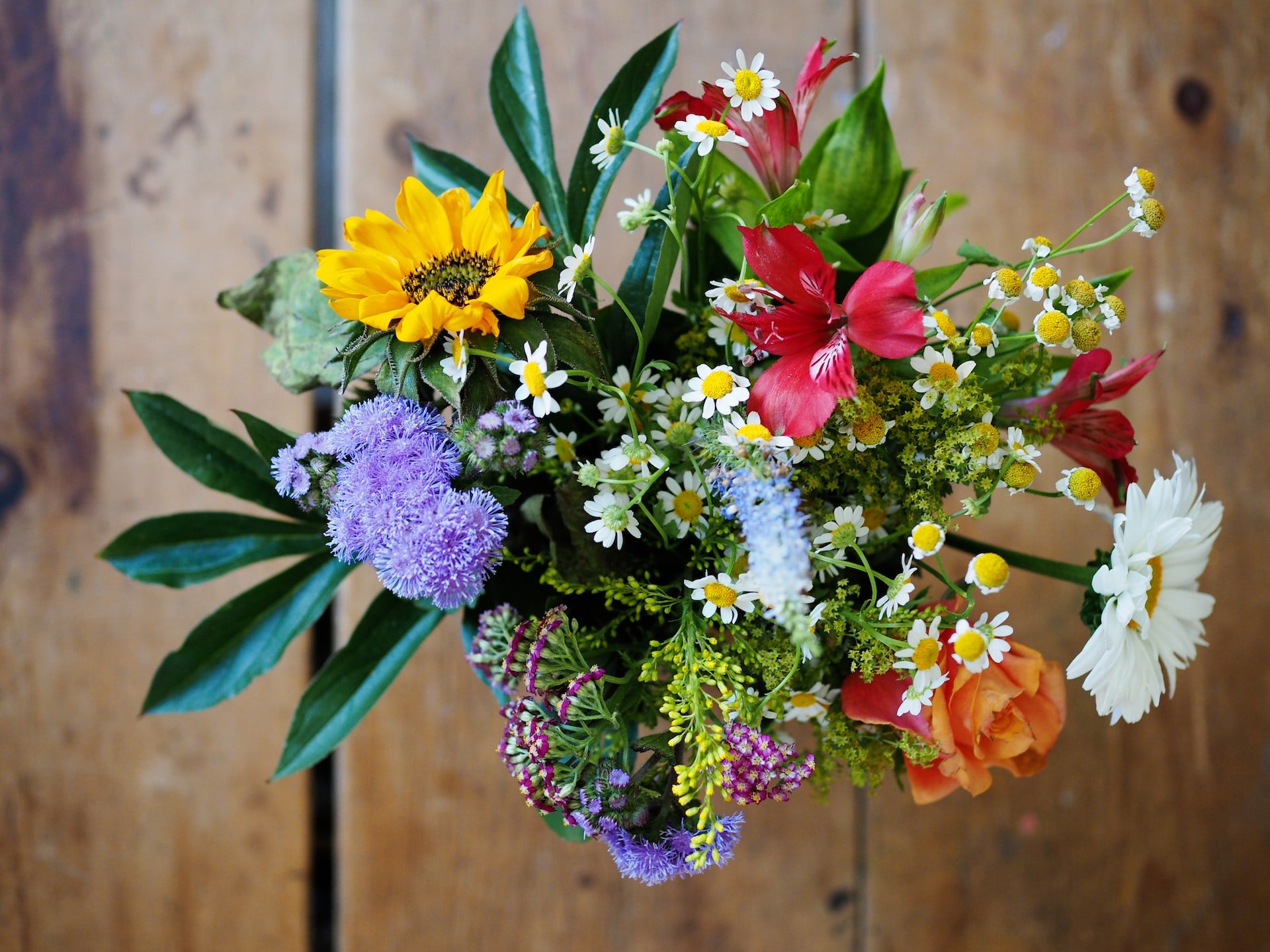Grieving can take many different forms, depending on the person experiencing it and the circumstances surrounding the loss of a loved one, parent, or friend. It has the potential to be debilitating, bringing your life to a grinding halt as you try to make sense of how you feel about the passing of a person who played such a vital role in your life.
 On the other hand, it may come as a relief and cause for celebration that the person who was dear to you will no longer have to deal with their disease or misery. Complicated grief is a complicated collection of feelings, and it has the potential to throw us off balance and advance the mourning process in ways that we did not anticipate. This might carry on for an infinite amount of time.
On the other hand, it may come as a relief and cause for celebration that the person who was dear to you will no longer have to deal with their disease or misery. Complicated grief is a complicated collection of feelings, and it has the potential to throw us off balance and advance the mourning process in ways that we did not anticipate. This might carry on for an infinite amount of time.
There is no set time frame for the grieving process; it lasts for as long as we require to go through our emotions and readjust to life without the deceased person in our lives. It may take some time before we can come to grips with the fact that we may have regrets over things that we may have left unsaid, particularly if we had unresolved issues with that person. Rowlett Christian Counseling provides compassionate, faith-based support to help individuals process grief, work through regrets, and find peace and healing in God’s presence.
Honoring those we have lost through grieving.
The desire of the people I work with to memorialize their departed loved ones in a meaningful way is something that comes up quite frequently in our conversations. One way that people are often able to achieve closure after the loss of a loved one is by engaging in an activity that is both tangible and significant and that pays honor to the life that was lost.
A bereaved person can still honor the memory of a loved one who has passed away by taking what they remember to be the best part of their deceased loved one and making an effort to share those qualities and attributes in their everyday life.
For example, if the person who passed away did not leave a clear legacy to carry on, such as charity endowments or a pet cause, a bereaved person can honor the memory of their loved one by taking what they remember to be the best part of their deceased loved one.
In my opinion, there is not much more that can be done to create a proper memorial to a loved one who has passed away than to continue sharing those things that matter to them the most, as well as to perform acts of good deeds and service.
 It is a wonderful way to pay tribute to the memories of a departed loved one to carry out acts of service in their honor. Not only does it generally feel good to assist others, but we all have something we can give, whether this something is money, time, advice or mentoring, or even just a listening ear.
It is a wonderful way to pay tribute to the memories of a departed loved one to carry out acts of service in their honor. Not only does it generally feel good to assist others, but we all have something we can give, whether this something is money, time, advice or mentoring, or even just a listening ear.
Not only does helping others generally feel good, but we all have something we can provide. Every kind deed you do in memory of your departed loved one can serve as a memorial to them, and this can help you find meaning amid your sorrow.
Grieving by continuing what they were doing.
You might pay tribute to the life and memories of a departed loved one by carrying on their work, particularly if they were passionate about a particular cause. After the passing of a loved one, continuing to stay connected with them and honoring the causes that they cared deeply about by working on topics that were important to them is a fantastic approach to help keep their memory alive.
It is possible that channeling your feelings of sorrow and loss into an activity that is concrete, constructive, and has the potential to make a difference will not only assist you in working through the pain you are experiencing, but it may also help you establish something permanent that will keep their cause alive.
Create what they found admirable.
Which aspects of your personality or character did the person you love most recognize as being admirable in you and express praise for? As you move forward in life, you might want to give some thought to trying to channel your energy into cultivating those qualities as a way to honor the person who has passed away.
 If the reason they got in touch with you and became your friend was because of your kindness, then you should keep on being kind. If they loved your honesty and straightforward approach, continue to be genuine and sincere with everyone you meet.
If the reason they got in touch with you and became your friend was because of your kindness, then you should keep on being kind. If they loved your honesty and straightforward approach, continue to be genuine and sincere with everyone you meet.
It will win you more admirers. This form of personal development serves two purposes: first, it helps you grow and develop your own goodness; second, it helps you keep the person you care about close in mind and heart.
Create in yourself the qualities that you admired in them.
A recent sad vehicle accident involving an intoxicated driver claimed the life of a friend of mine, as well as a friend and coworker of the deceased. She was understandably furious and resentful toward the driver because their activities led to the death of a close friend of hers.
During our conversation about her emotions, I encouraged her to think about the legacy that her friend had left for the rest of the world and to channel the negative energy that she was feeling into something constructive.
As it turned out, the deceased woman had been a social worker and advocate for the underprivileged who was well-known for her kind and kind demeanor. She worked until the day she passed away. She brought cheer and contentment to the lives of everyone she came in contact with.
My friend’s grief began to morph into resolve when she understood that her friend’s anger and bitterness were probably not the legacies that her friend intended to leave behind. My friend decided to transform her anger by spreading the warmth and happiness that her friend had embodied.
When we lose someone we care about, it is not easy to look past the hurt we feel. It is to be anticipated that we will be residing in a state of suffering and pain for a considerable amount of time. I want to reiterate that the grieving process cannot be rushed in any way, shape, or form and that everyone has the right to take as much time as they require to properly grieve the loss of a loved one.
The passage of time does not necessarily cure all scars, not for everyone.  However, time may often be useful by shifting your viewpoint and assisting you in realizing that you do have the capacity to exist without that person in your world.
However, time may often be useful by shifting your viewpoint and assisting you in realizing that you do have the capacity to exist without that person in your world.
Positive and helpful steps toward making peace with the fact that your loved one has passed away are discovering ways to honor your loved one’s memory and learning how to give your pain a purpose by learning to transform negative emotions into positive results. These steps can help you move closer to accepting the reality that your loved one is no longer with you.
Recovering from the grieving process.
Everyone experiences grief in their own way and over time. Within six months, some people can move past their grief and resume their regular lives, while they occasionally experience sadness. Around a year later, some people might feel better.
People can grieve for years on end without ever seeming to experience even momentary solace. Other medical disorders, most notably depression, might make grieving more difficult. Complications may also arise depending on how dependent the person was on the deceased.
The grieving process frequently encompasses a wide range of challenging and challenging emotions. It is not necessary to be devoid of happiness, contentment, or humor during this trying period. Self-care, leisure, and social support can all be crucial to the healing process. The occasional experience of joy does not signify that a person has finished grieving.
Whether the loss was brought on by death, a split, or another event, grieving the loss of a loved one may be a challenging process. The adjustment to life without a loved one is one of the most difficult undertakings. A person may need to change their daily routine or their future goals to adjust. A person may embrace a new sense of identity when they build a new life.
Help and support are available from caring and trained counselors if you are having trouble working through the stages of grieving or discovering methods to honor the memory of a deceased loved one in meaningful ways. Call us for Christian counseling at Rowlett Christian Counseling.
“Spilled Bouquet”, Courtesy of Lia Bekyan, Unsplash.com, Unsplash+ License; “White Flowers”, Courtesy of Mitchel Boot, Unsplash.com, CC0 License; “Flower Arrangement”, Courtesy of Niklas Ohlrogge, Unsplash.com, CC0 License; “White Flower Arrangement”, Courtesy of JSB Co., Unsplash.com, Unsplash+ License
- Kate Motaung: Curator
Kate Motaung is the Senior Writer, Editor, and Content Manager for a multi-state company. She is the author of several books including Letters to Grief, 101 Prayers for Comfort in Difficult Times, and A Place to Land: A Story of Longing and Belonging...
DISCLAIMER: THIS ARTICLE DOES NOT PROVIDE MEDICAL ADVICE
Articles are intended for informational purposes only and do not constitute medical advice; the content is not intended to be a substitute for professional medical advice, diagnosis, or treatment. All opinions expressed by authors and quoted sources are their own and do not necessarily reflect the opinions of the editors, publishers or editorial boards of Stone Oak Christian Counseling. This website does not recommend or endorse any specific tests, physicians, products, procedures, opinions, or other information that may be mentioned on the Site. Reliance on any information provided by this website is solely at your own risk.





